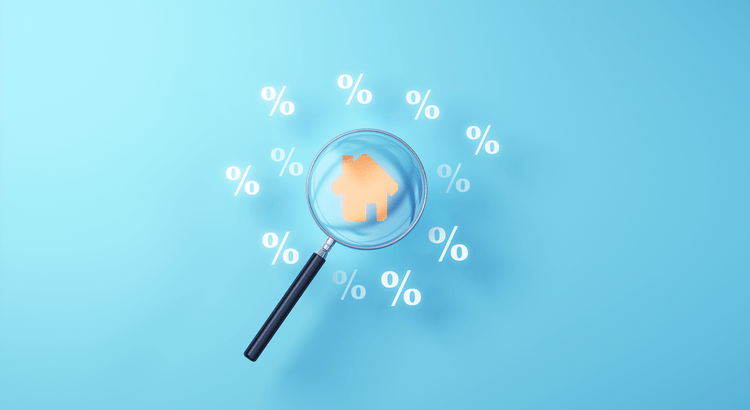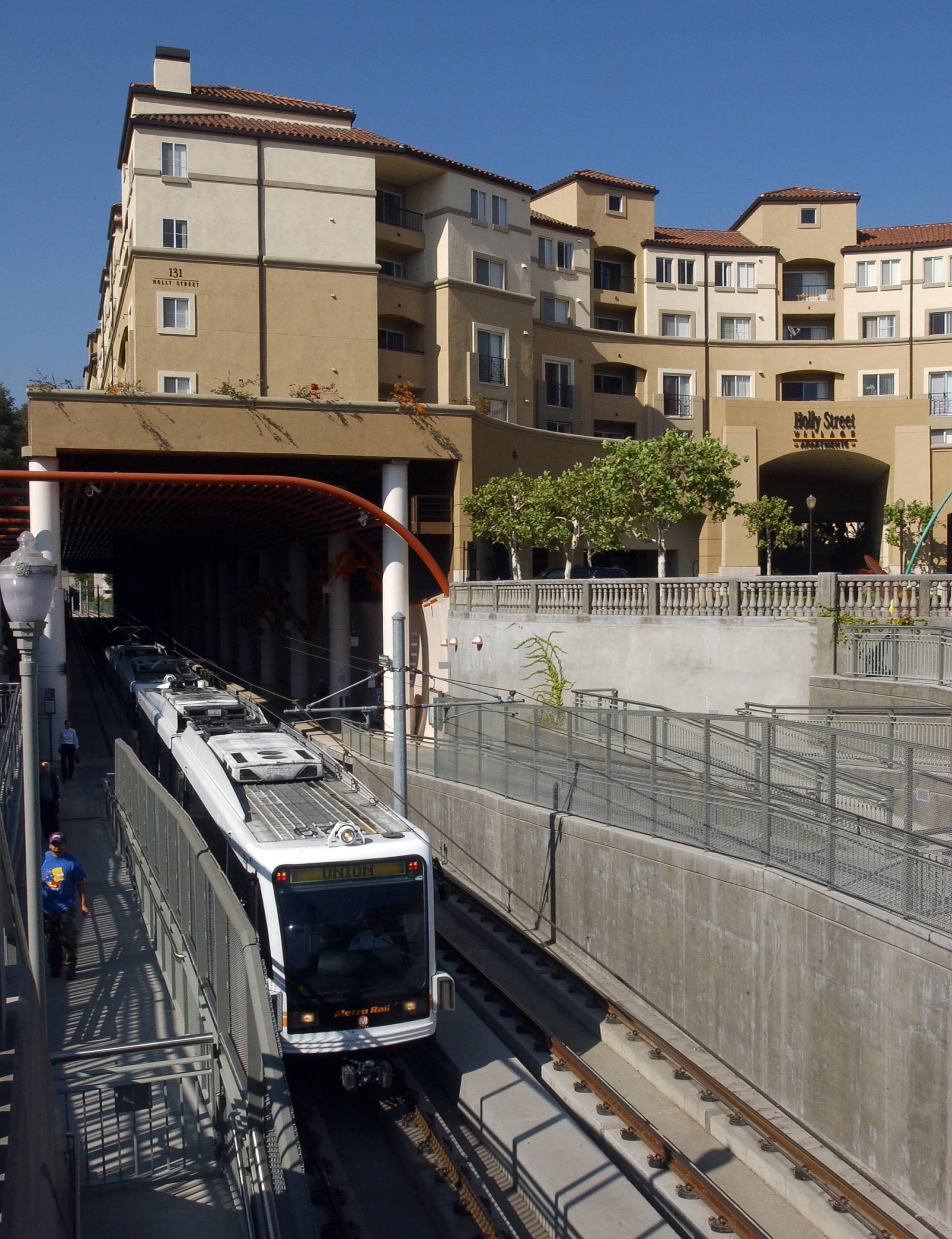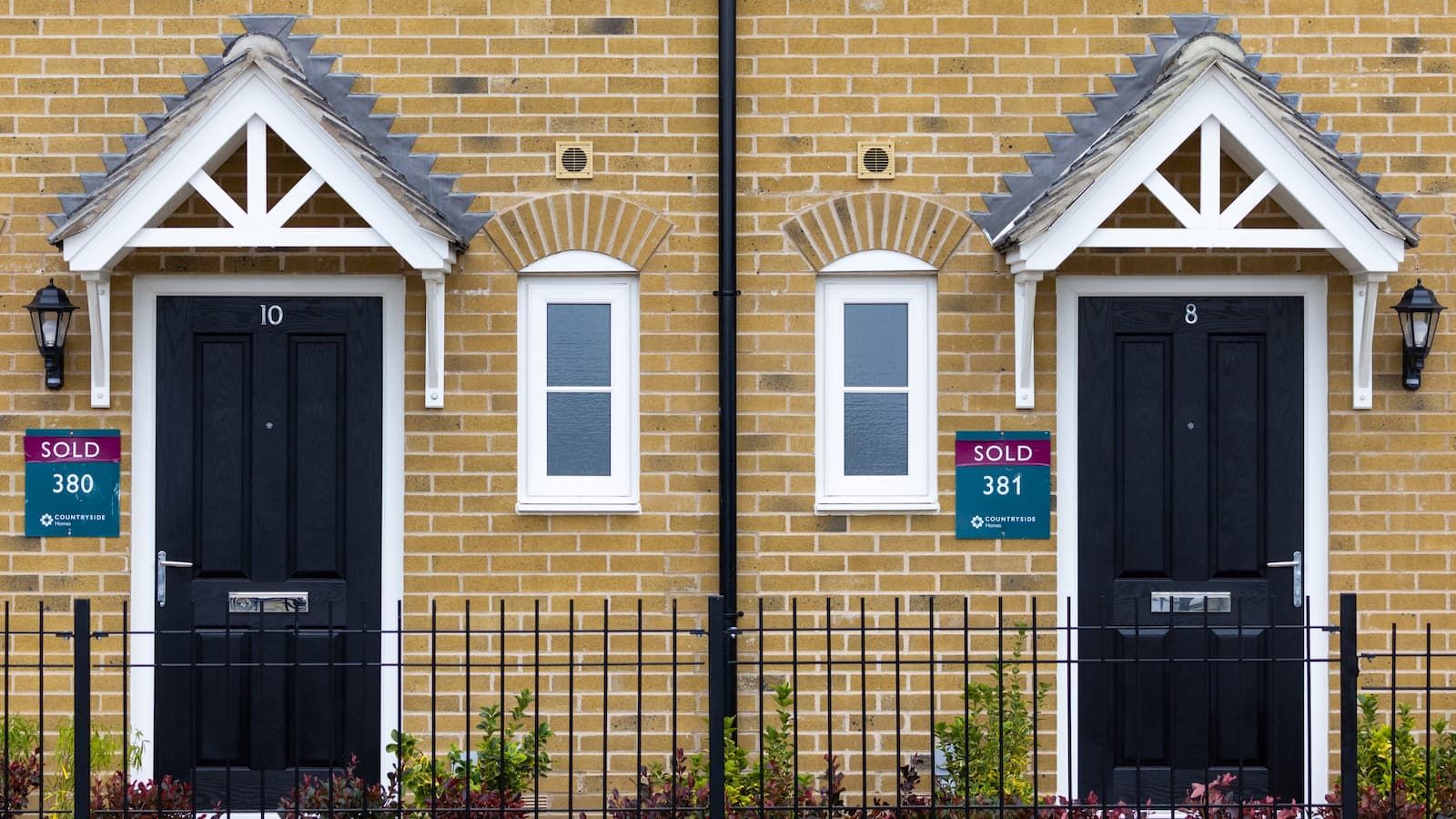from24/7 Wall St.
6 hours agoTrump's 50-Year Mortgages Are Horrible for Homebuyers, but Great for These 2 REITs to Explode
President Trump's proposal for 50-year mortgages aims to tackle the housing affordability crisis by lowering monthly payments. The plan, supported by Federal Housing Finance Agency Director Bill Pulte, would extend the standard 30-year term to 50 years, potentially through backing by Fannie Mae and Freddie Mac. Supporters argue this could help younger buyers and first-time homeowners enter the market amid high home prices and elevated interest rates.
US politics
































